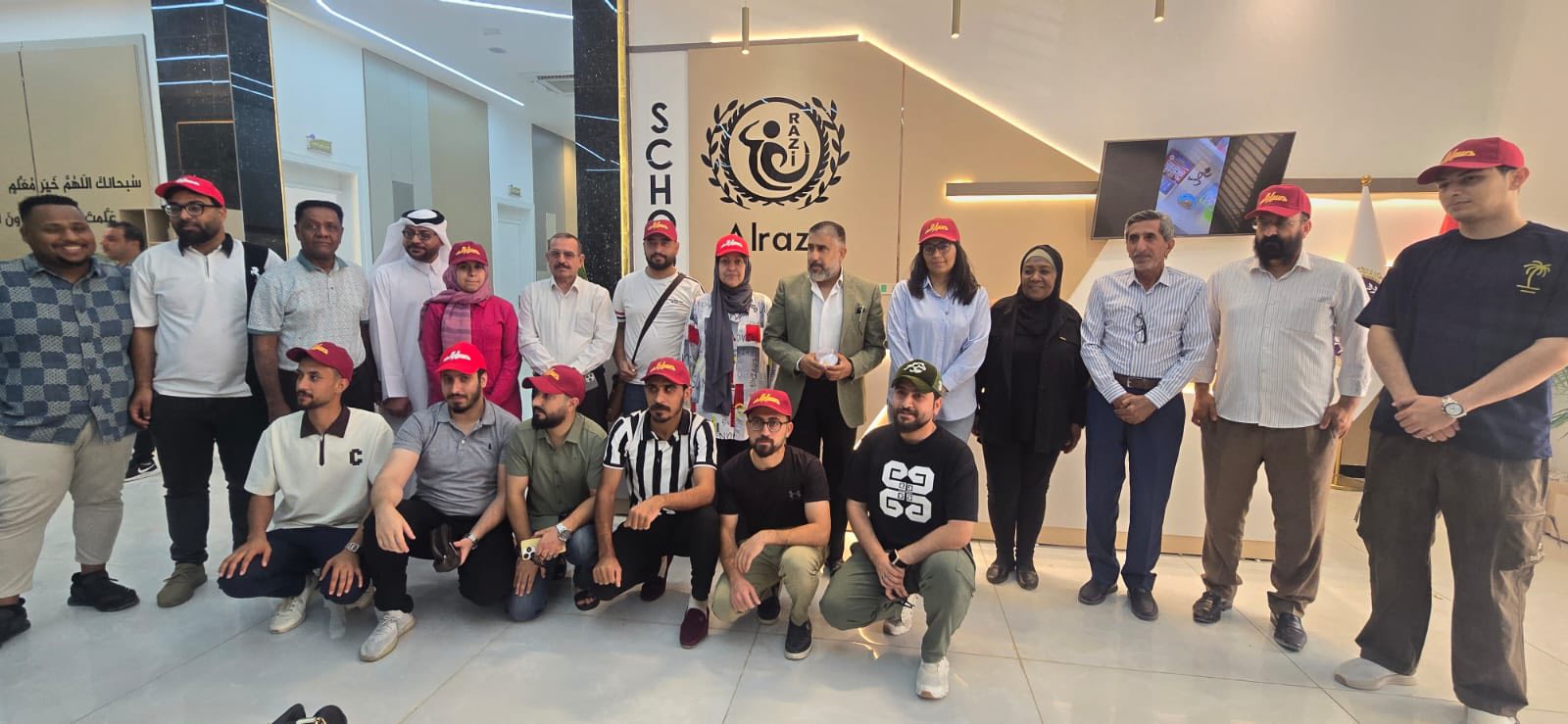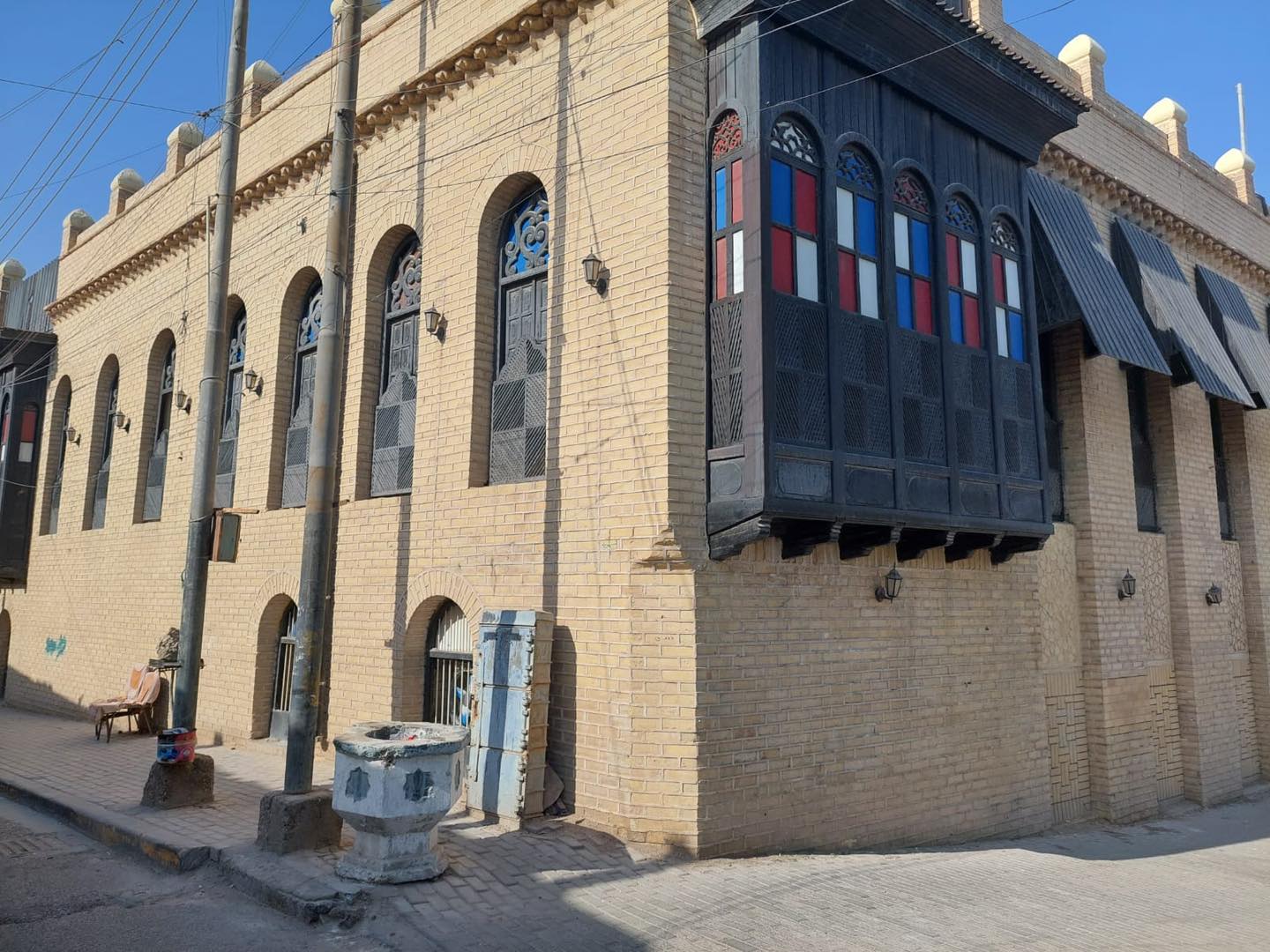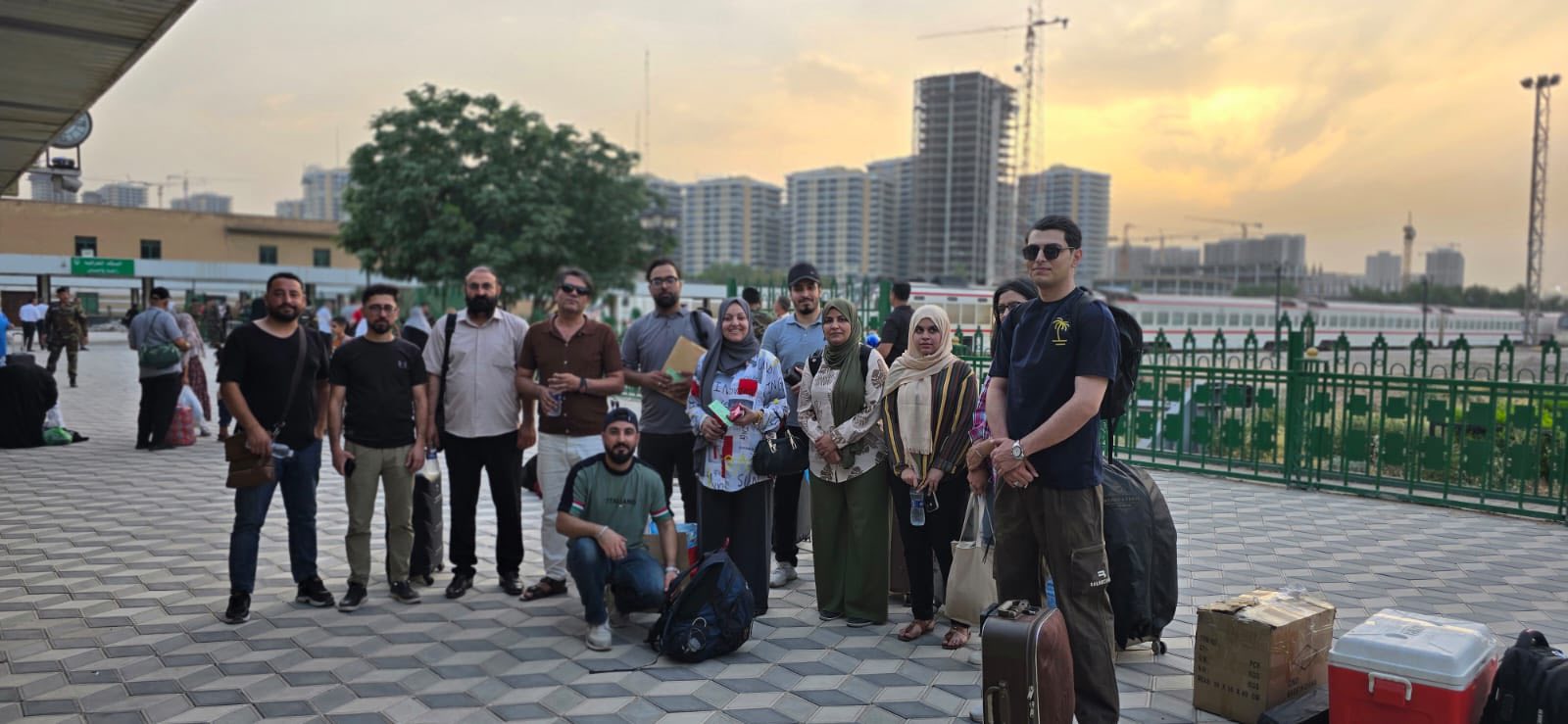Masarat Foundation for cultrual and media development Released and within a series of studies (Shia icon: the image imams connotations Avatar of Shia) of the author Alaa Hamid Idris anthropological study of a recent fall in a hundred and forty-eight page Addressed the author analysis and scientific study of the topics images imams connotations Avatar of Shia, the book is divided into a series of chapters in which threads are distributed as follows:
The first chapter contains two sections key sectors, the first part, to ensure the basic elements of the study while the second section dealt with the concepts adopted by the study, and come the order of these concepts are based on the basis of the transition from the macro to the micro because of that study, seeking study one symbolic order expressions for a component of the components of Iraqi society.
The second chapter of the three Detectives Me first section displays the methodology adopted by the researcher then comes the second section in which the researcher scientific rationale for the selection methodology feet, while the third section dealt with the dilemma of choosing the approach was made in anthropological studies.
Chapter III and the latter included three Detectives first section contains the orientation theory adopted by the researcher in the pattern of interaction between the icon and the members of the Shia group analysis, then comes the second part, which is the field and analytical side contained a field visits by the researcher to the cities of al-Sadr and Kadhimiya effect, then the third section, which presented the findings of the researcher comes.
Through this author believes that Islamic art dates devoid of specific historical texts concerned with the phenomenon of Shia icon in Islamic societies, particularly with respect to the Shiite side, the author points out that the Turkish and Iranian art unique to these icons because of its many historical resources that provide the material in which they can monitoring the history of this phenomenon, so it became a historical product was set for this phenomenon is necessary in order to determine the scientific field that is easy to detect
The author stresses in the folds of writing it became possible approach to the history of this phenomenon in the light of developments in historical studies, especially in the areas of oral history and history than sorry.







